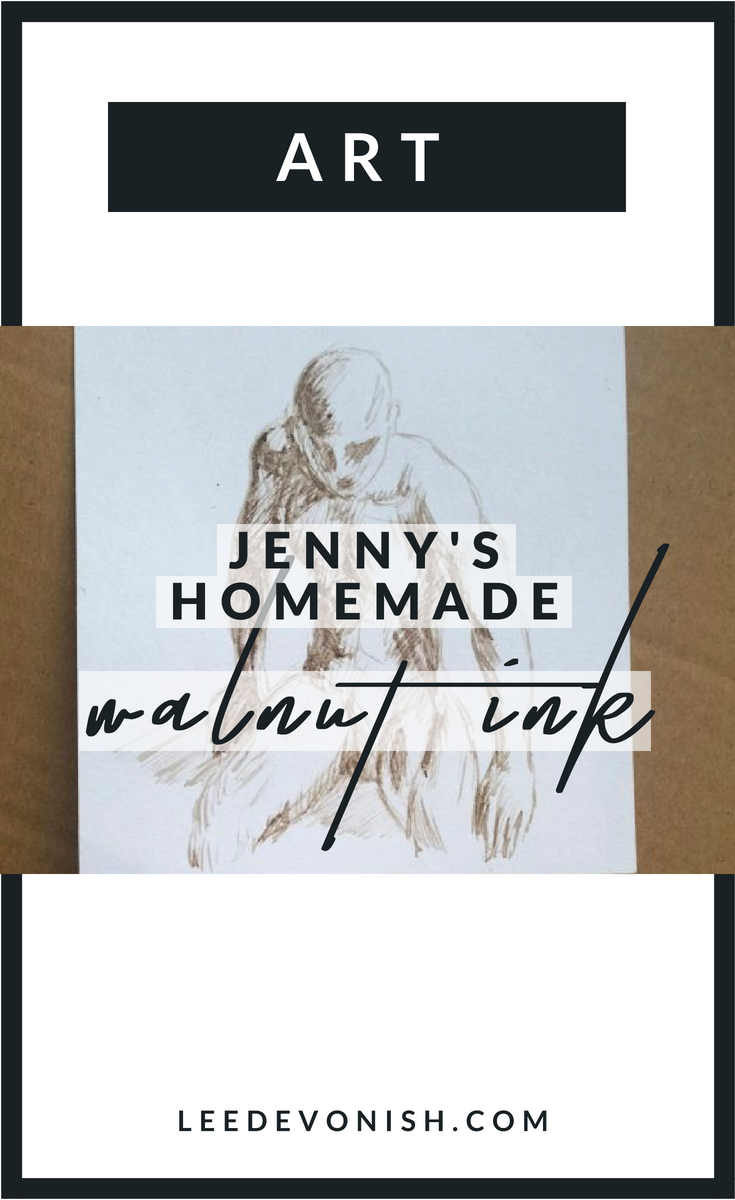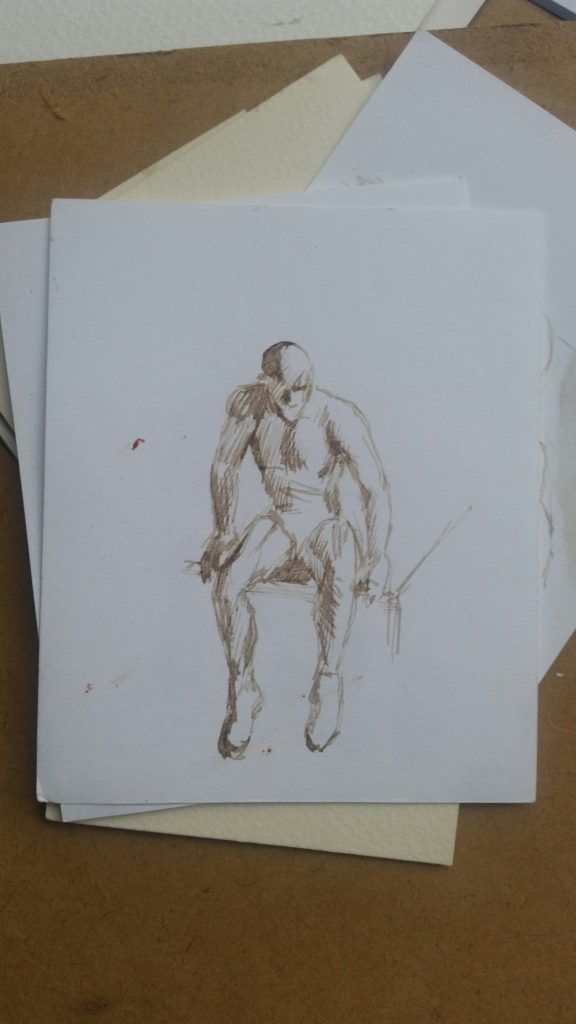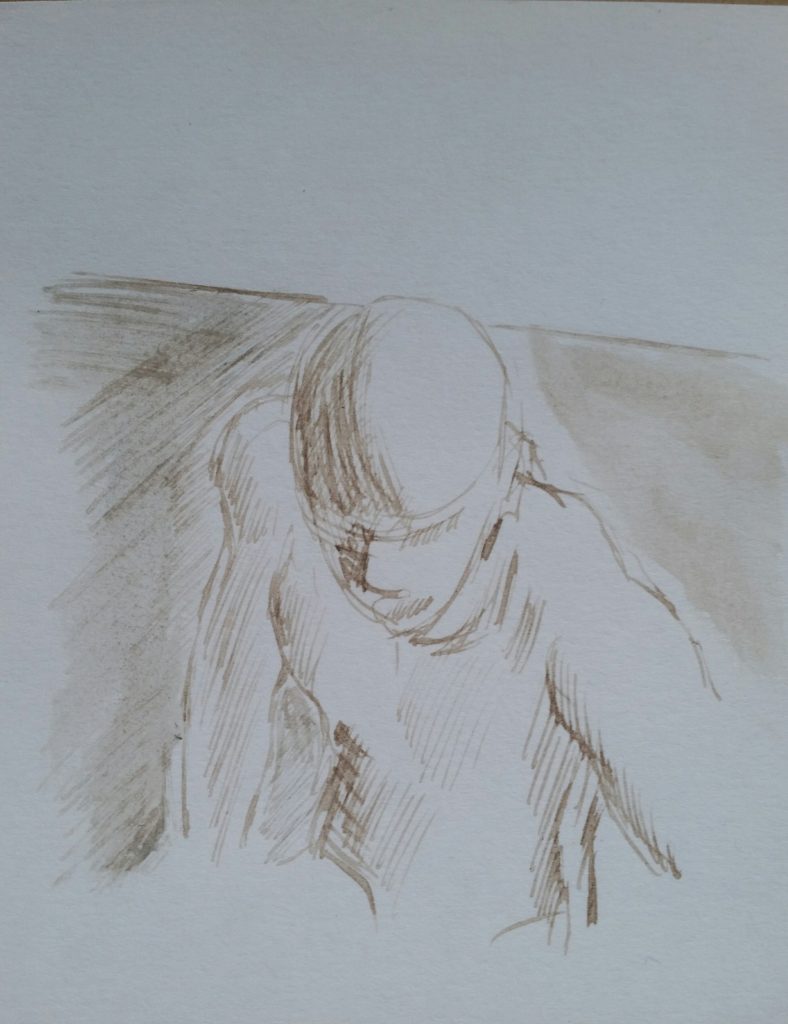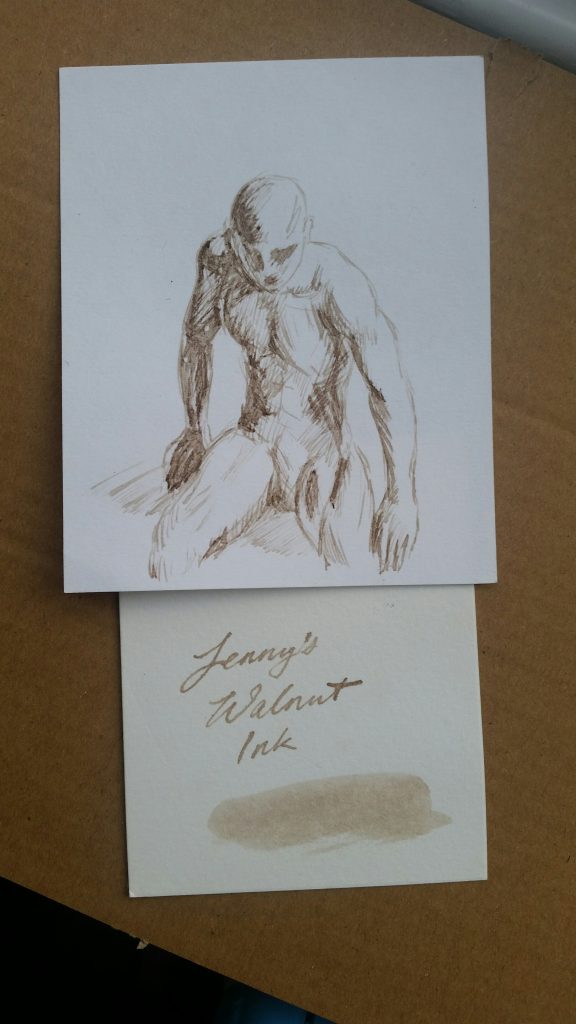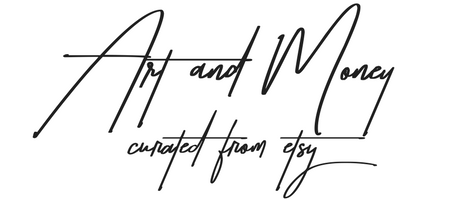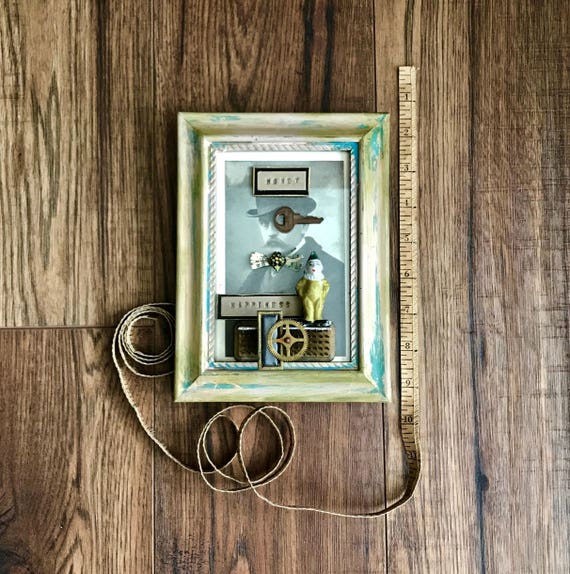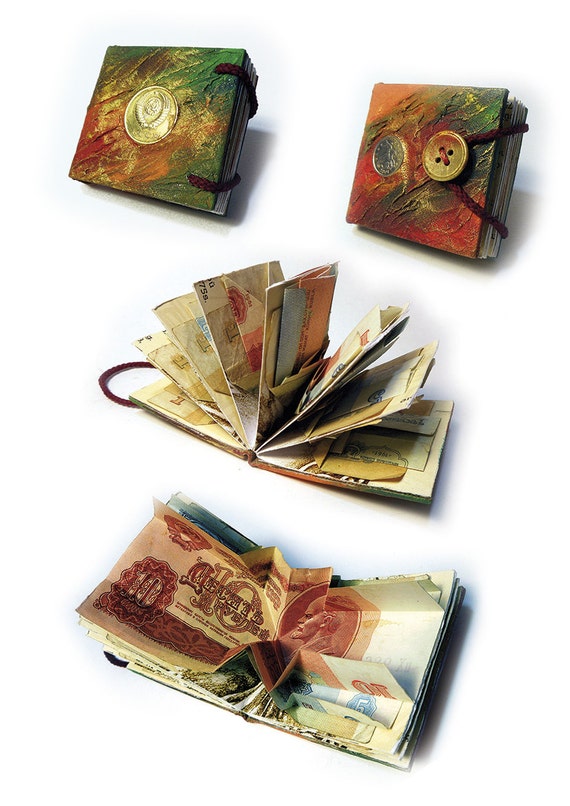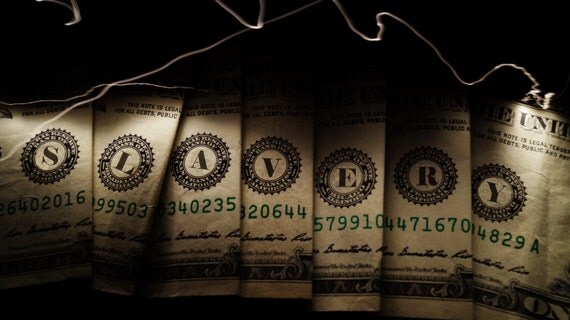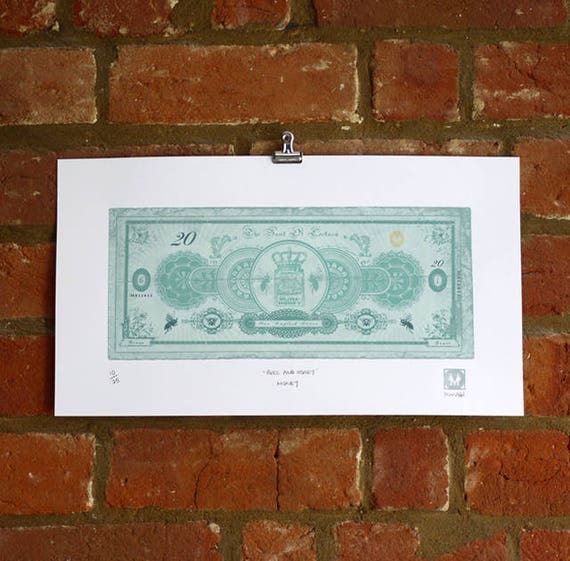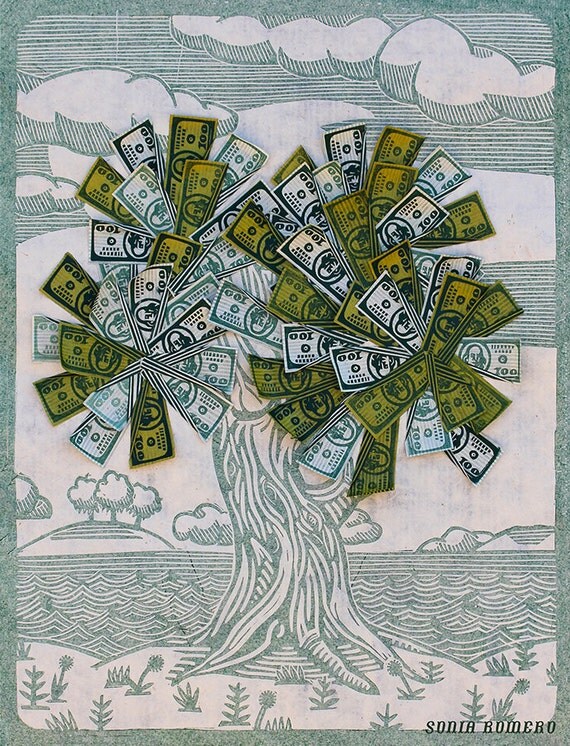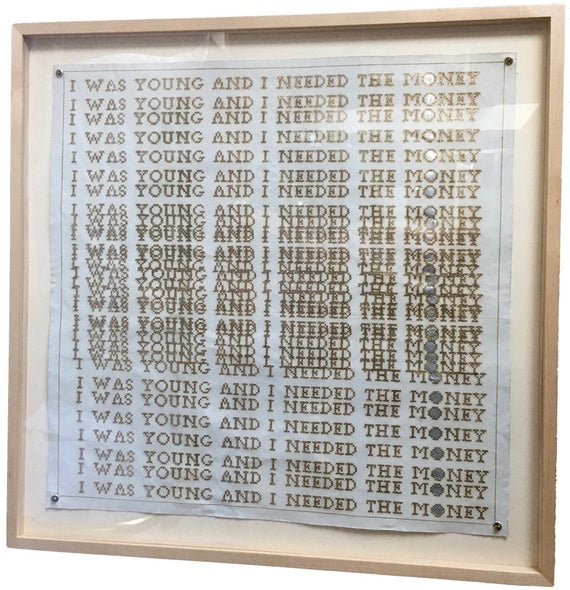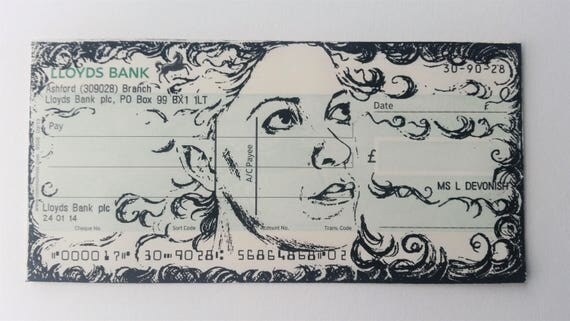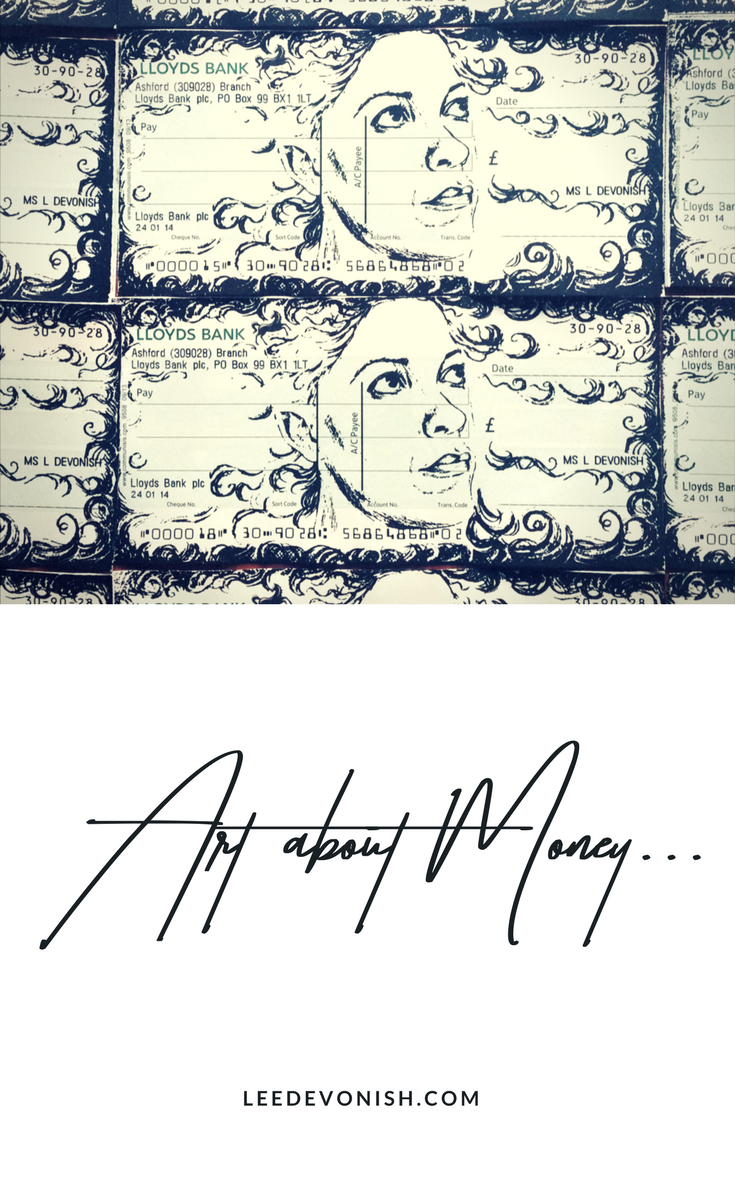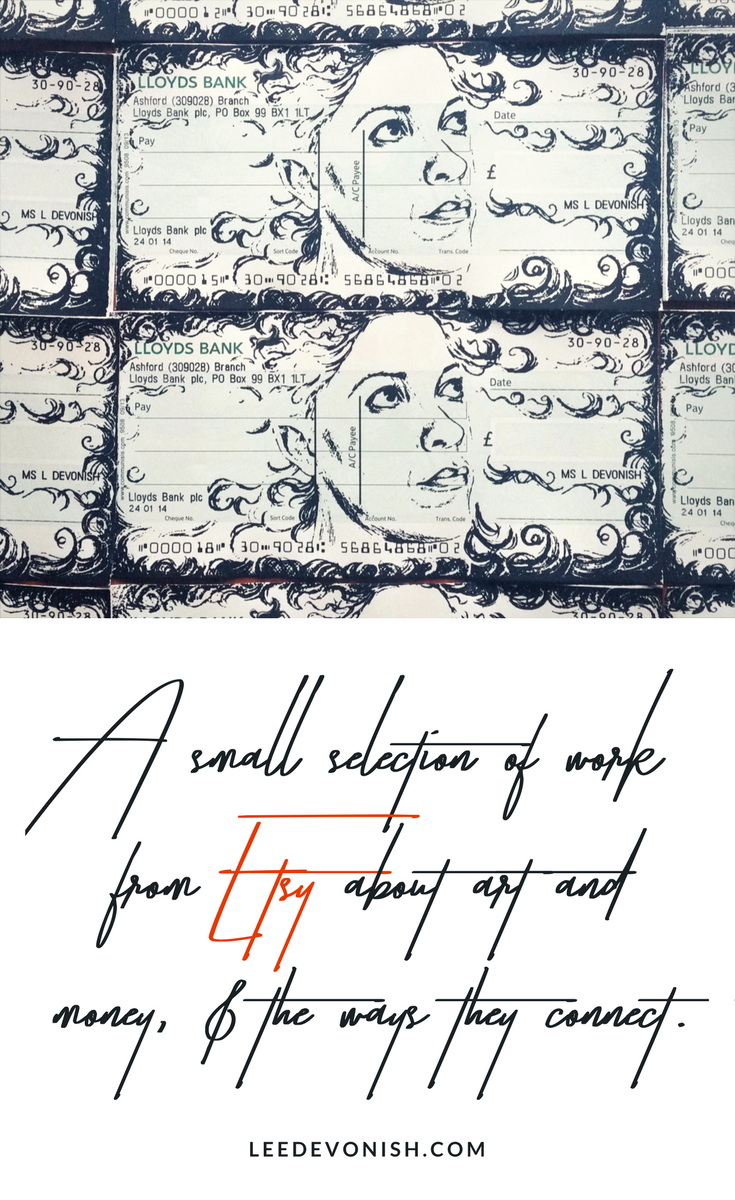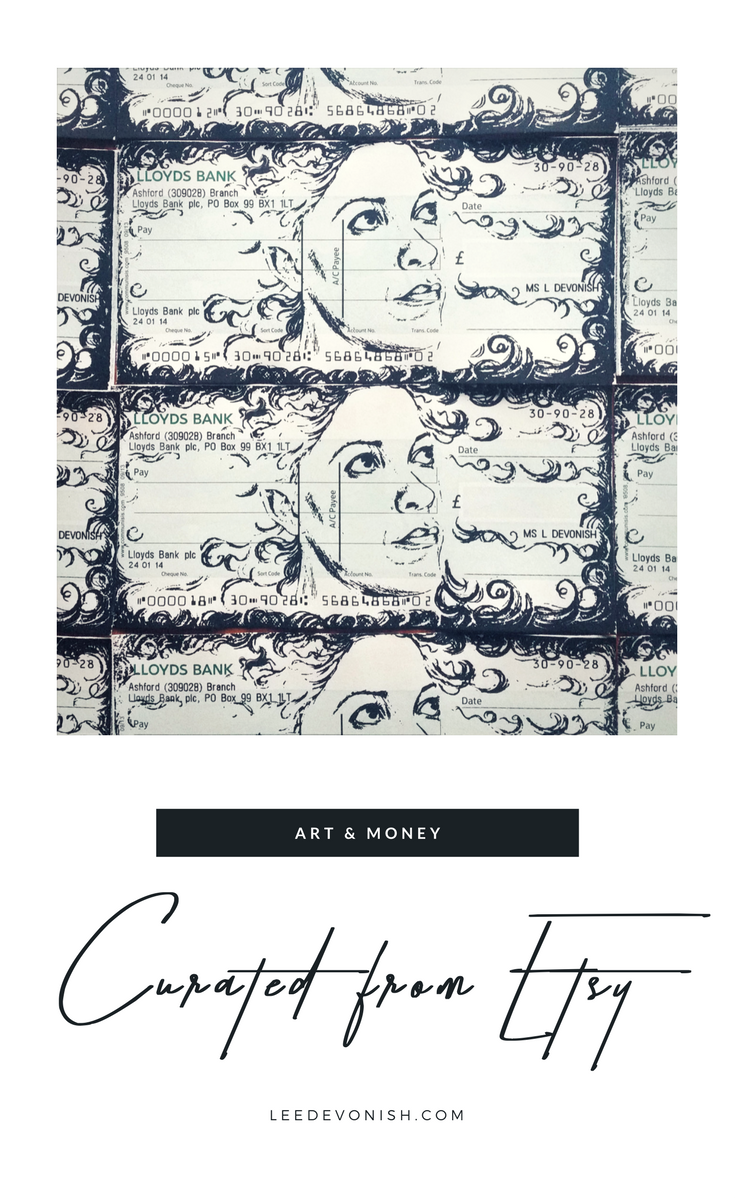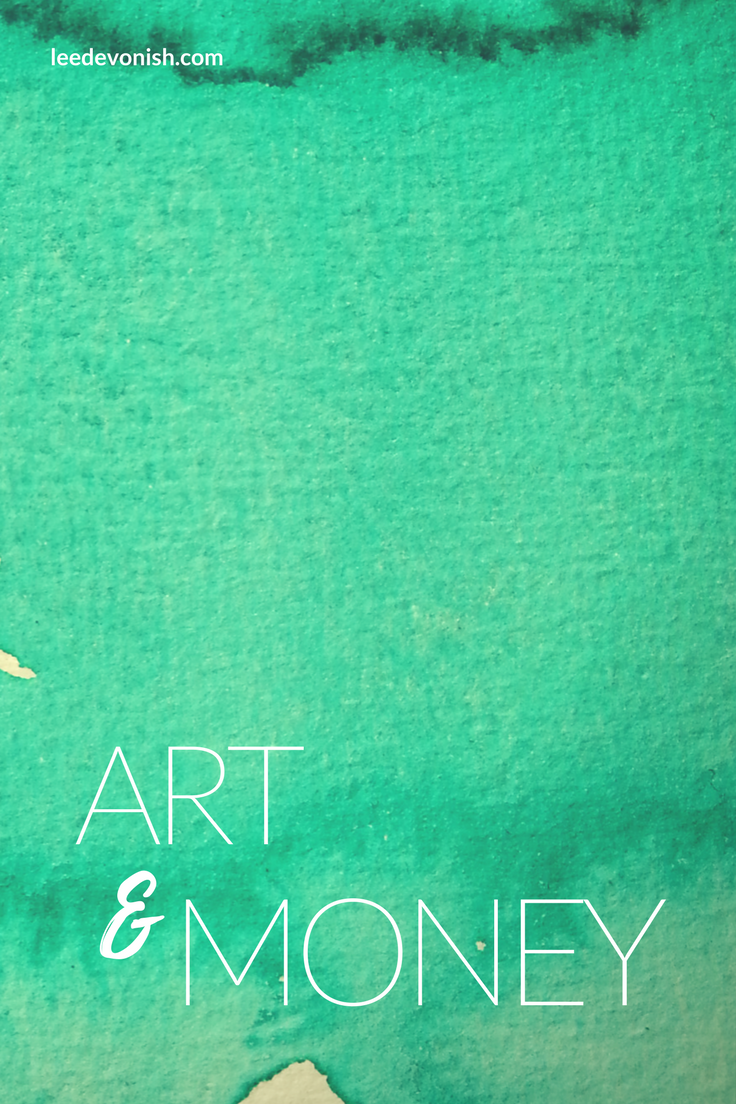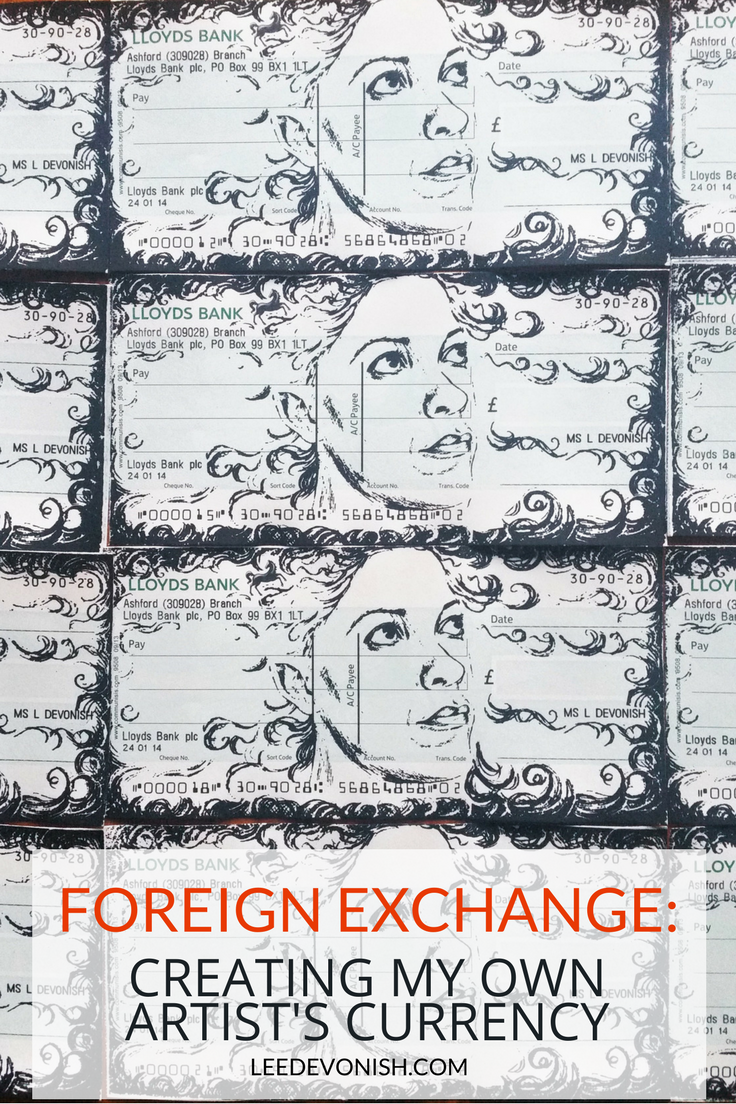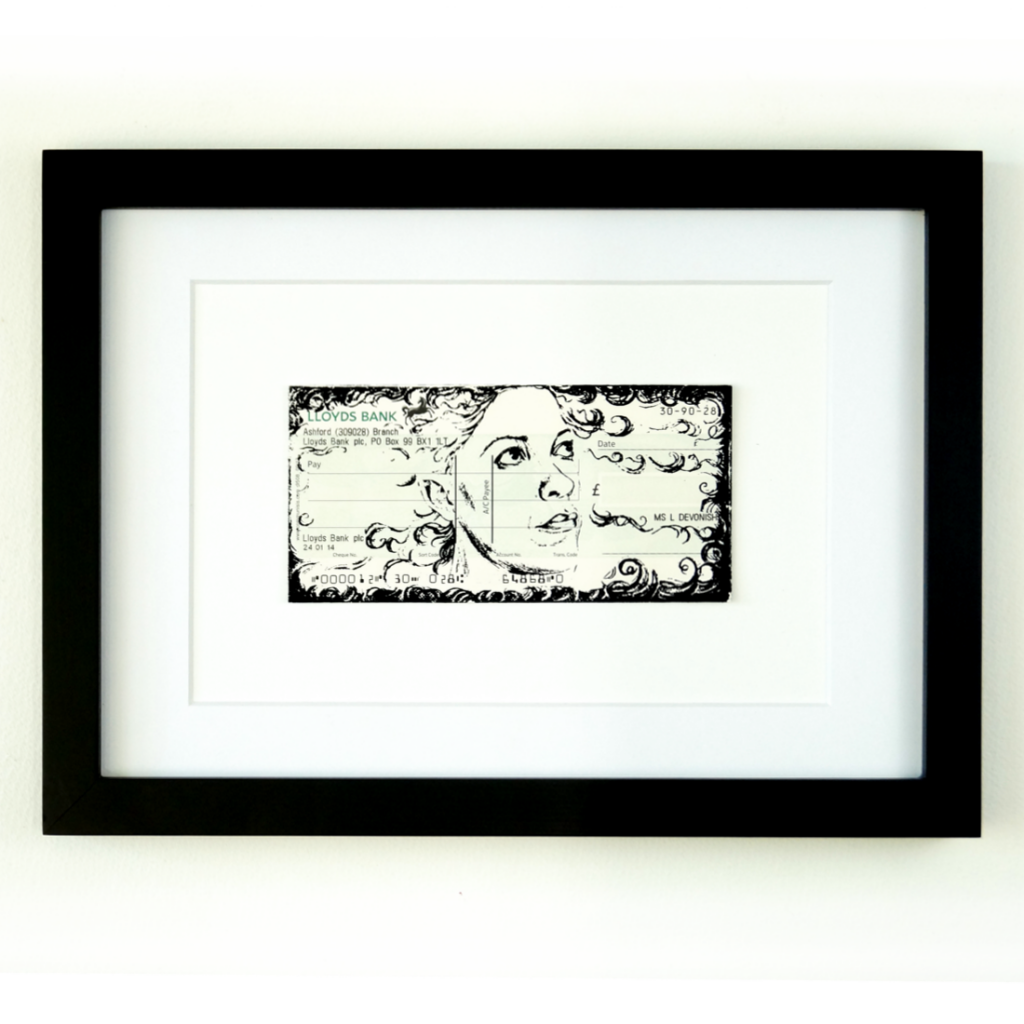Art and money.
I’m an artist by training, but a writer as well. Recently, I’ve been doing a lot of writing and editing for personal finance blogs.
If you’ve asked yourself why an artist should write a personal finance blog, ask yourself why not – why do we have to labour under the prevailing myth that artists don’t, can’t, or shouldn’t make money?
The Myth of Purity
Art for art’s sake is a lovely concept, but it doesn’t make sense to a working artist. Working artists apply for grants, submit proposals to make work and seek out commissions.
However, most people don’t know about how artists work, and fall back on received myths from novels and movies. Myths are easy to sell and repackage. That’s why we have clichés: they are shortcuts to shared mental imagery, and it’s easy to be lazy and take the shortcut. But ask yourself – how many artists have you ever heard of actually starving in a garret? Do you even know what a garret is, anyway?
Most artists I know (and of course I know quite a lot of them) are far from starving, because they do whatever they have to in order to feed themselves and their families, whilst making their work.
In art schools and universities, we get bombarded with the idea that capitalism is evil. Actually I believe that it is evil, and furthermore, I don’t believe we’ll have capitalism forever. However, we have it now, and we have to get around it, investigate it, show it up for what it is and most of all, not give in to it – whilst living in it.
That’s not easy, but it’s possible.
Fair trade
In this system, we trade goods we provide or services we undertake for money. Accountants do this and so do artists – selling art is not the same as selling out.
Artists, shockingly, are real people, a few of whom get rather wealthy, and the majority of whom don’t. Just like everyone else.
Most artists “on the ground” have the dilemma of wanting to sell their work but not wanting to appear focused on money; yet most successful artists are classified as successful as a result of the monetary value assigned to their back catalogues.
Assigning value
Tell me, how does a work of art get to the stage of “priceless” these days? It’s a fine combination of time, myth (or public relations, a post-modern short-cut to myth) and value. The thing is, value is subjective, and not a ‘fixed value’, and in our era value has become synonymous with potential future price.
It’s complicated.
As much as I’d like to carry on waffling about art, value, selling and selling out, I’ll have to leave that for my PhD thesis, after which I’ll make you call me Dr. Devonish and charge a hefty fee for my waffling (because you’ll then perceive my waffling as coming from an inherently more valuable source than some random blogger).
What I’ll get back to now is the fact that art is not a clean commodity and does not exist in a vacuum, sealed off from filthy money on the outside; the art world is as filthy as anywhere else.
If you want further proof, read the excellent Seven Days In The Art World by Sarah Thornton.
Therefore, struggling to reconcile my lofty ideals with the world’s financial requirements is as good a subject of inquiry as any for an artist such as myself. The fact that currency exists both in hard and abstract forms, material and conceptual, appeals to me greatly, as does the idea that its circulation is far reaching and in a sense, unifying.
This is not about getting rich, however.
There are some people who won’t ever get rich, and I’m one of them. Quite simply, being rich has never been important to me, so I’ll never get there. I work part-time, spend time with my family, and devote time to my spiritual life, and this makes me happy. So being a mother and a wife is no less important than being an artist, and as long as I have enough for essentials and the odd emergency, I’m content.
Origins
Whilst contentment was always the most important thing for me, what made me start thinking (theoretically and practically) about money was getting married to a quintessential working-class northerner who quickly declared his intention to follow the British hysteria for homebuying.
Loathe as I was to commit to the system, I promised to get him his house… on our small incomes. No extra jobs, just plugging the leaks and working smarter. The goal was set, and a project emerged.
The project spawned a blog, which became a blogging business.
Unsurprisingly, it spilled over into my artwork. I wanted to develop my practice so that it could incorporate my new interest in finance and economics. All of the data I’ve generated from tracking income and expenses over several years could be poured into new artworks, but where would they be displayed?
I’m not even sure that “display” is the correct mode to think in. So how am I going to tie my two concurrent interests together?
Simple:
I’m going to make my own money.
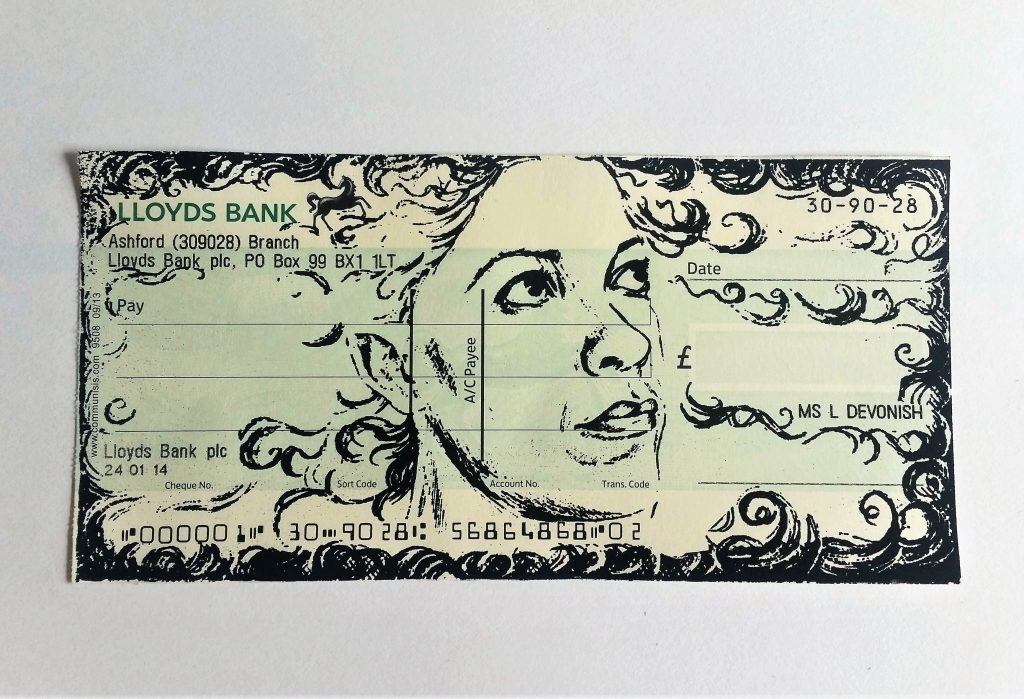
The project is called Foreign Exchange. Why exchange? Because I’ll exchange my currency for yours, but if you want to change your mind, I’ll take it back.
This challenges the idea of the sale of artwork as well as the concept of its value.
You can get one of my hand-printed cheques via my Etsy store (Patreon patrons can obtain them at a discount).
Please stick around to see how it develops – I’m sure we’ll all be surprised.
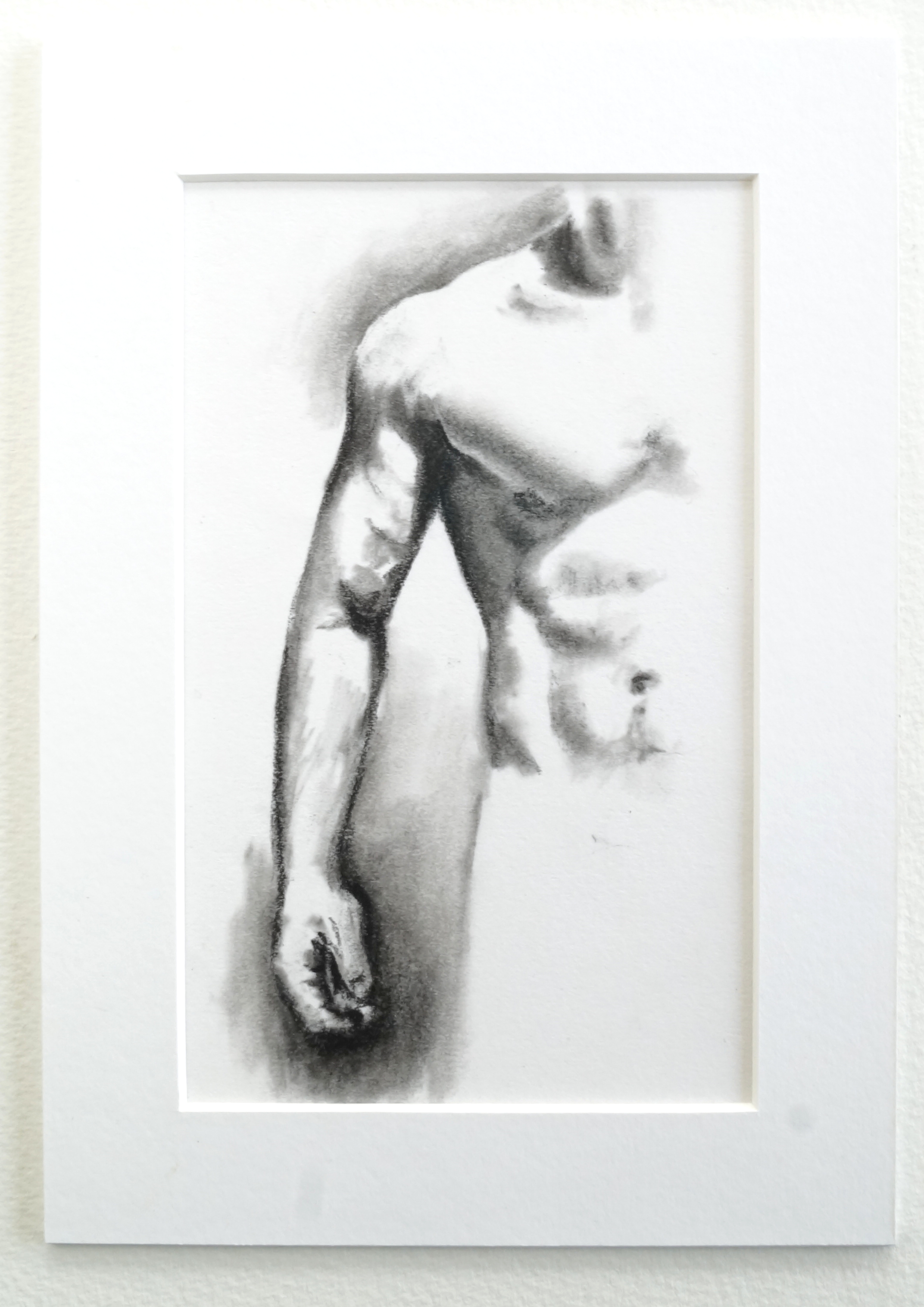
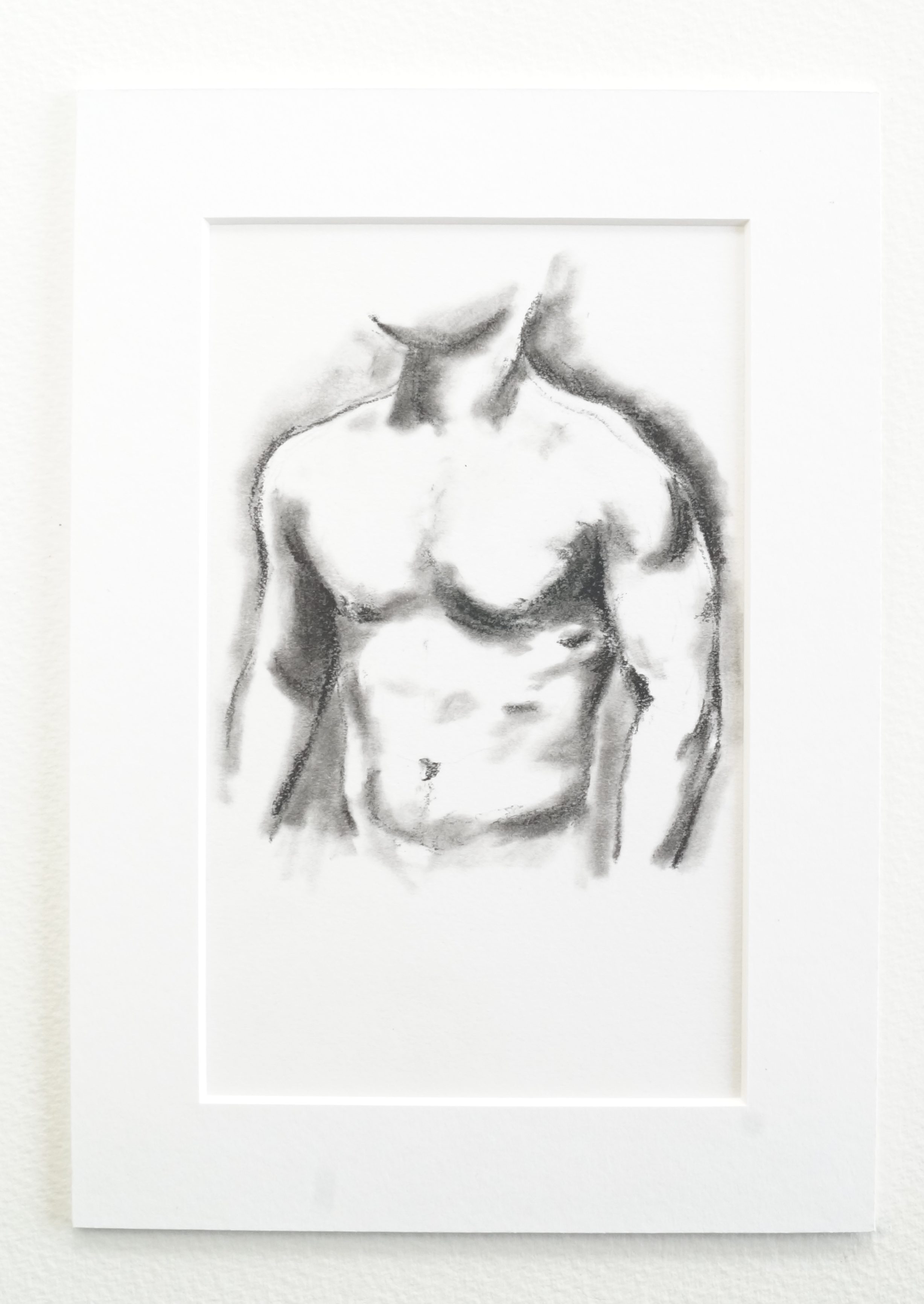

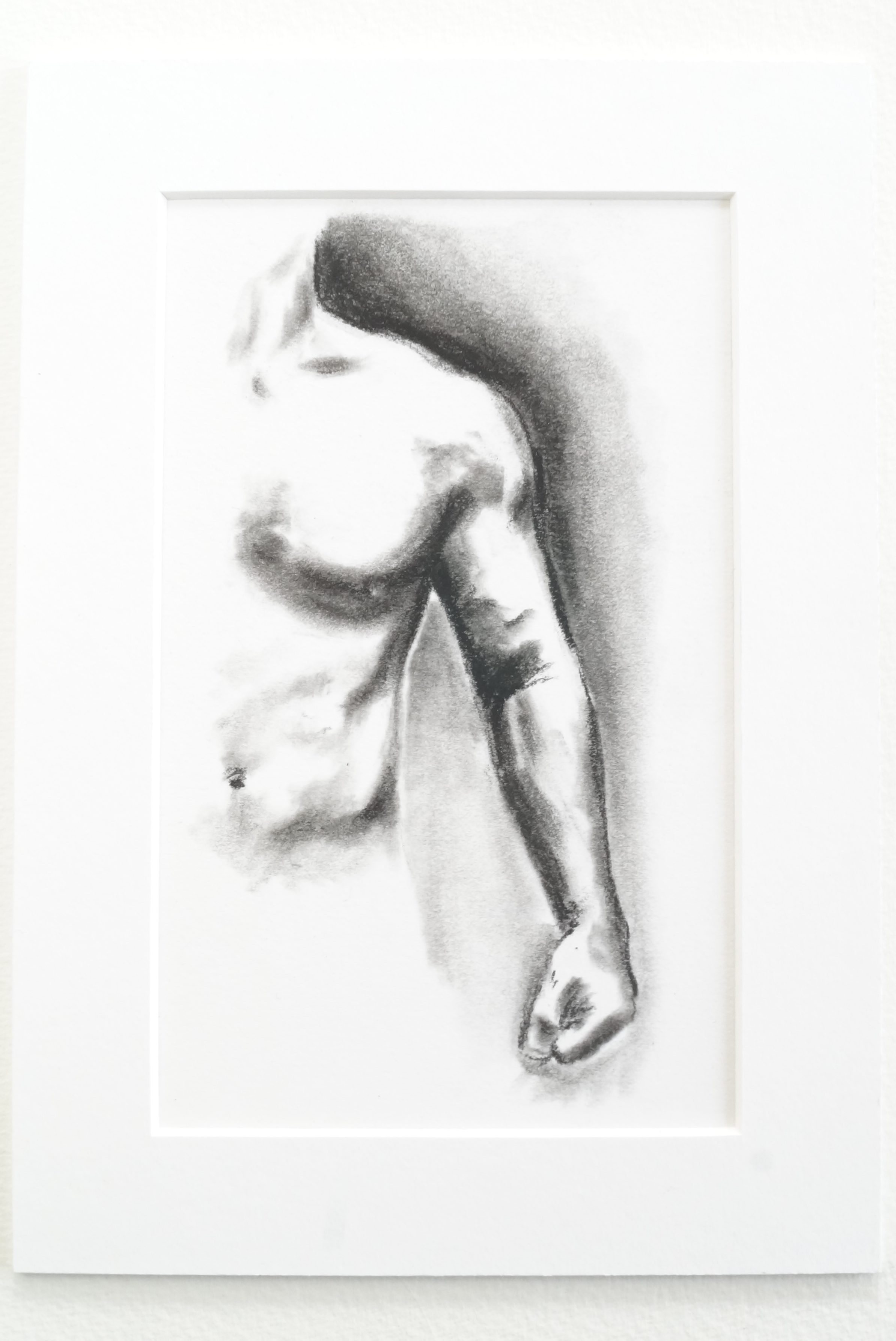
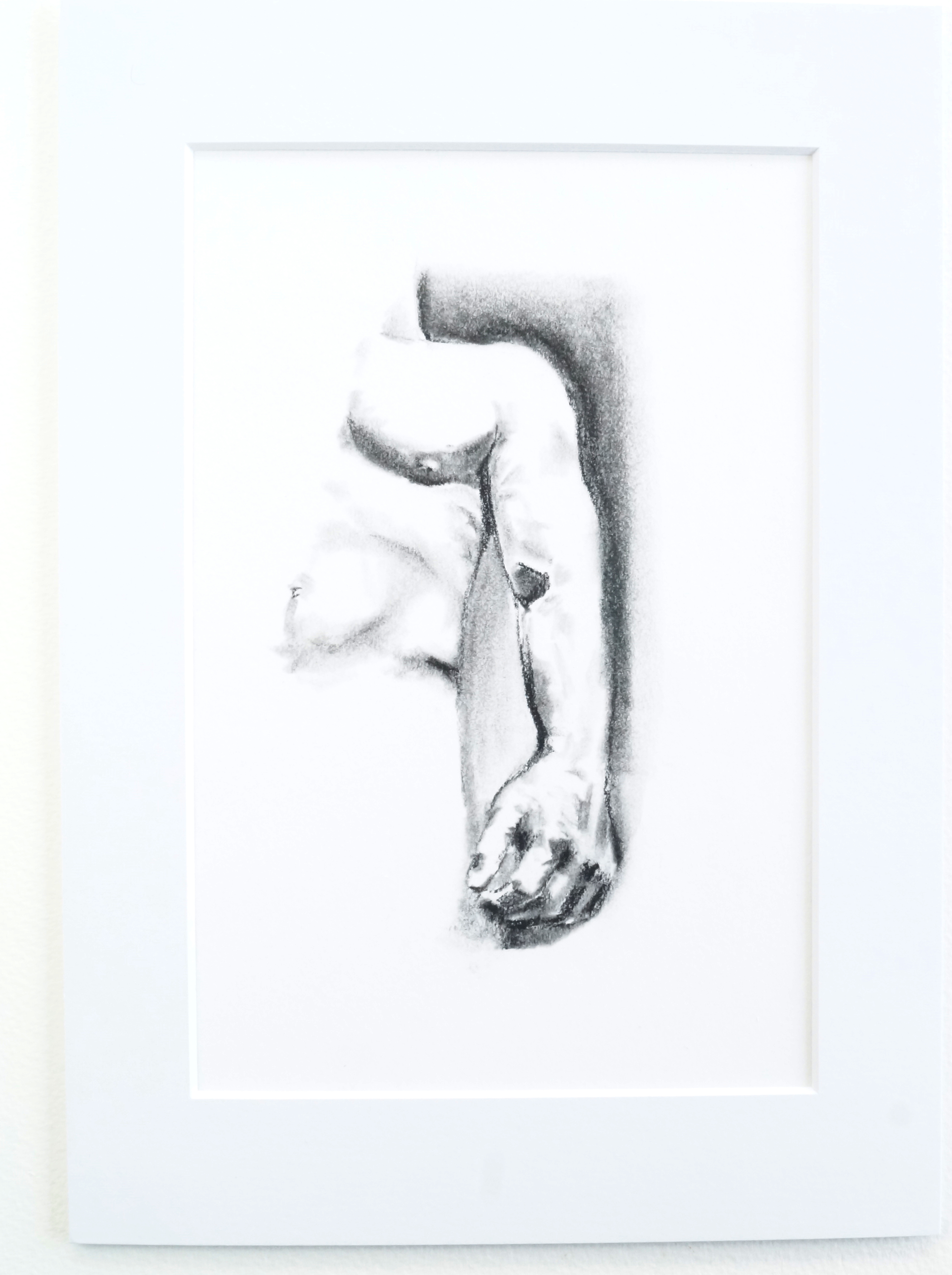
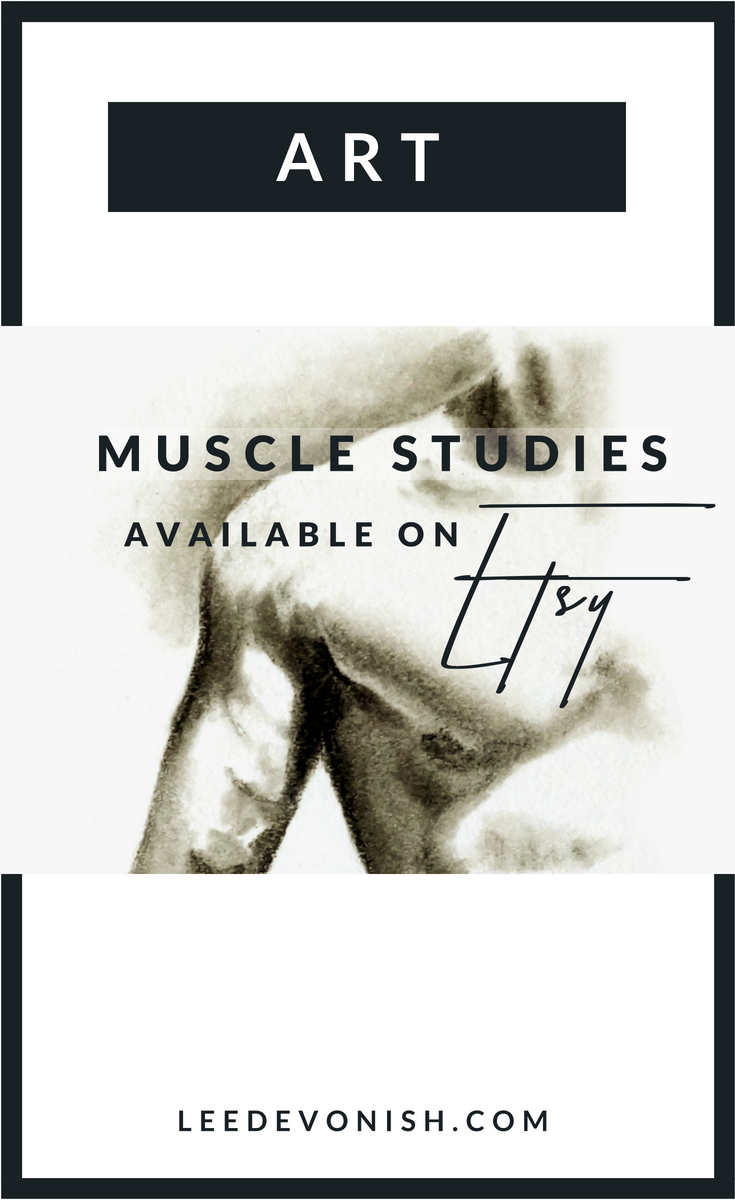
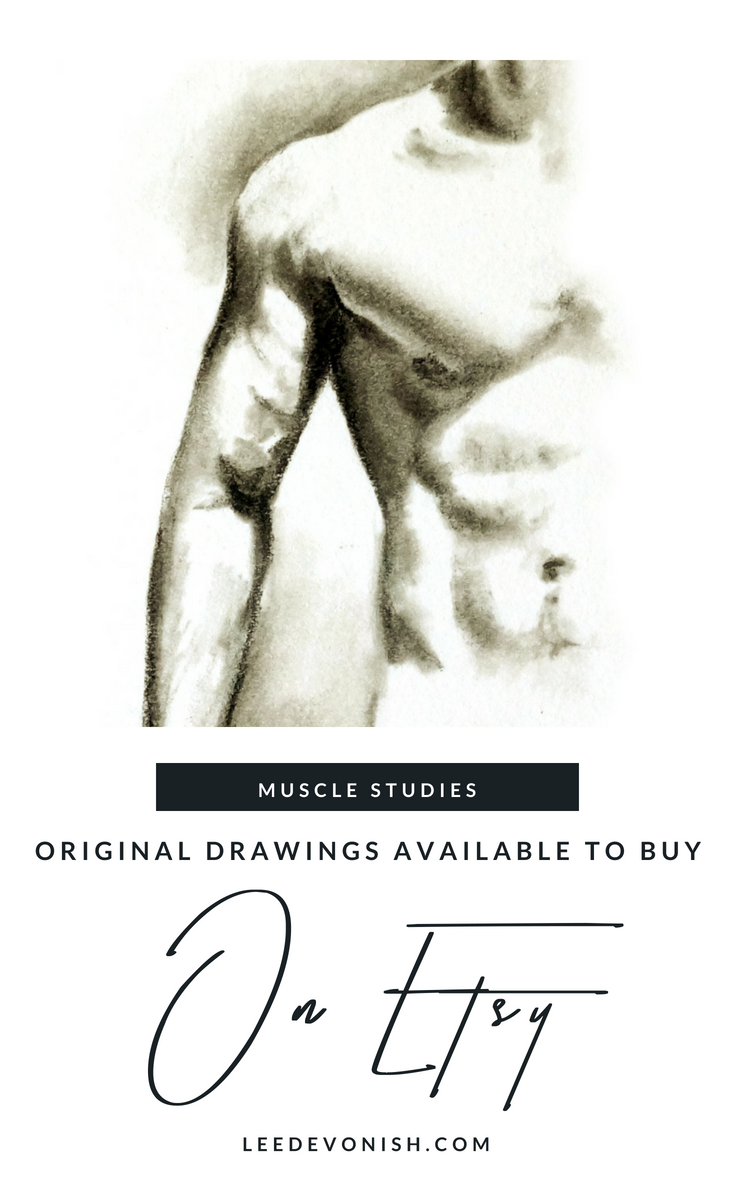 </div?
</div?